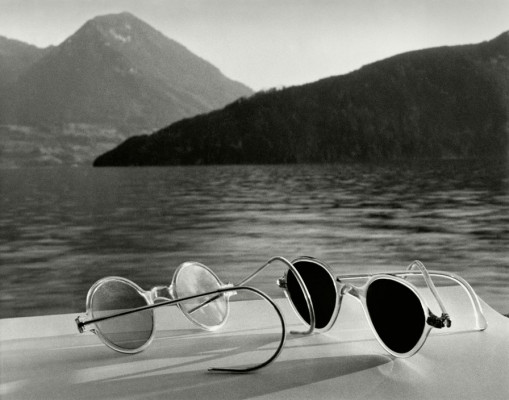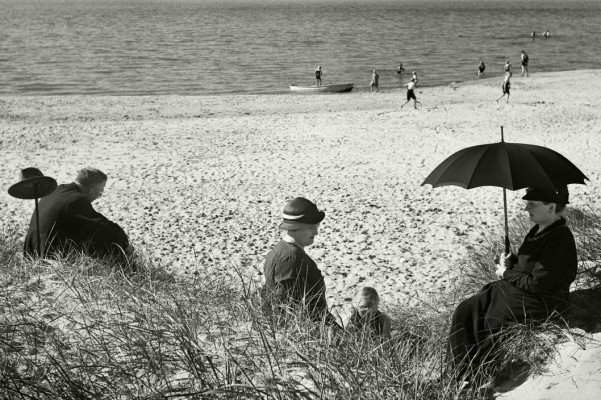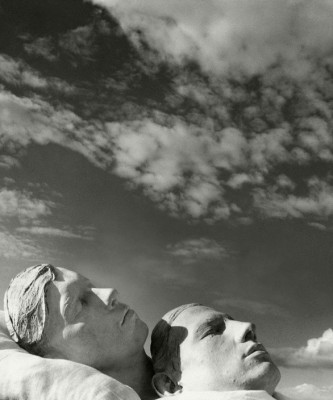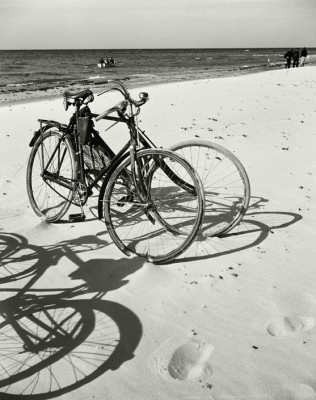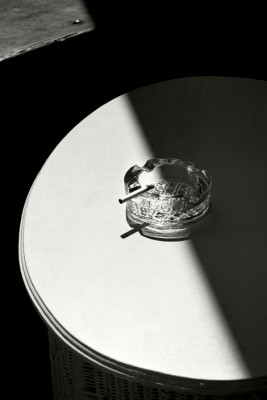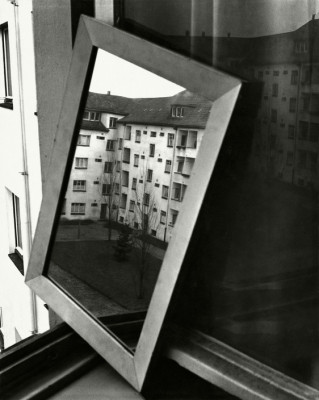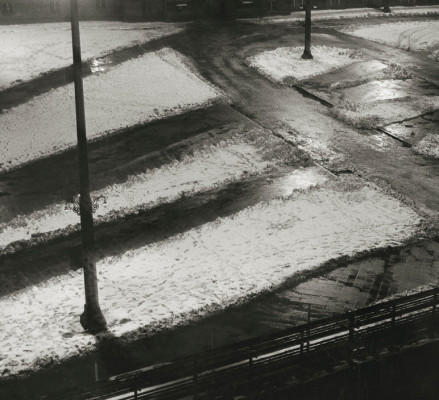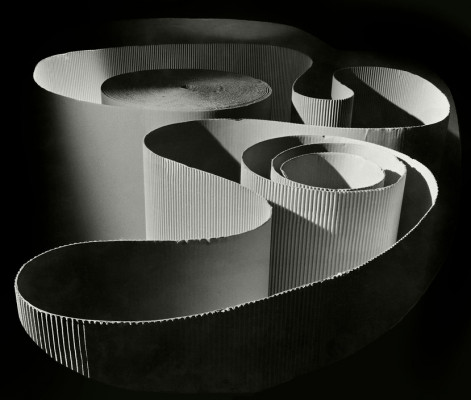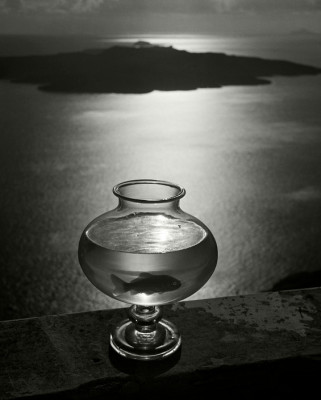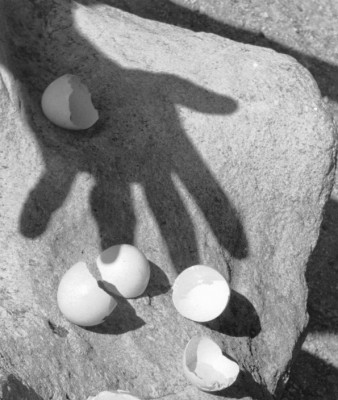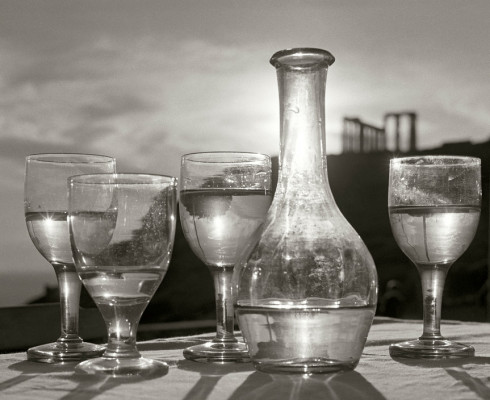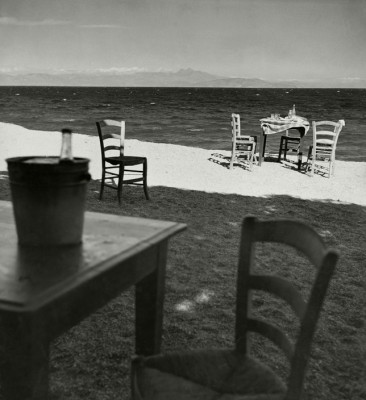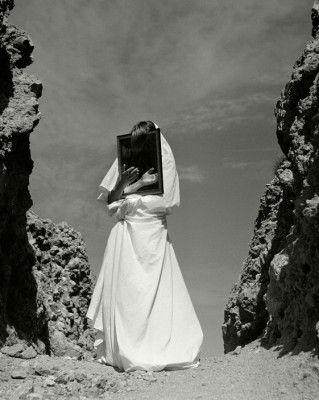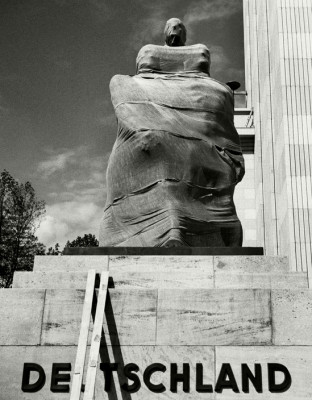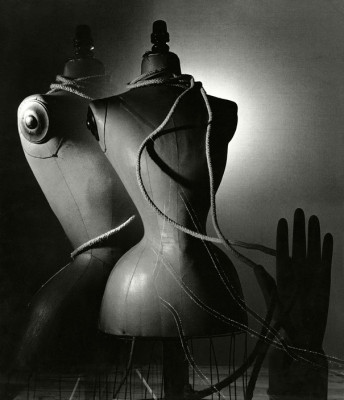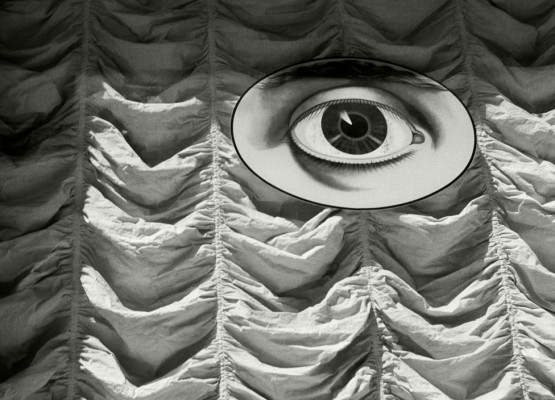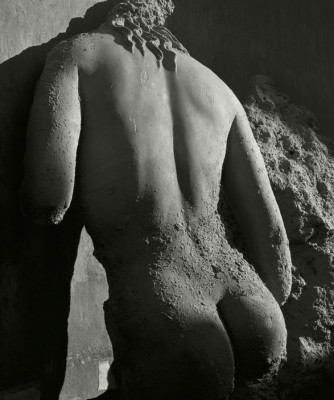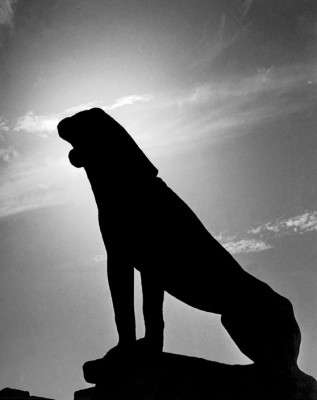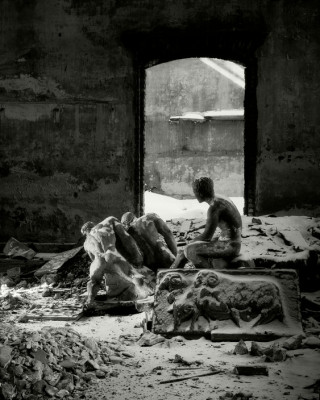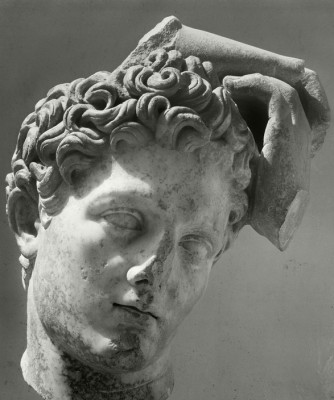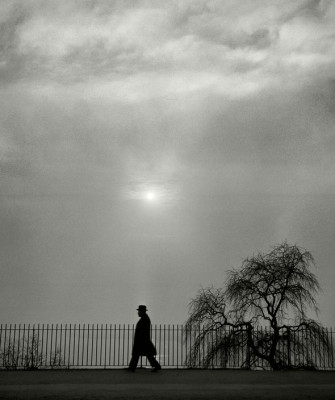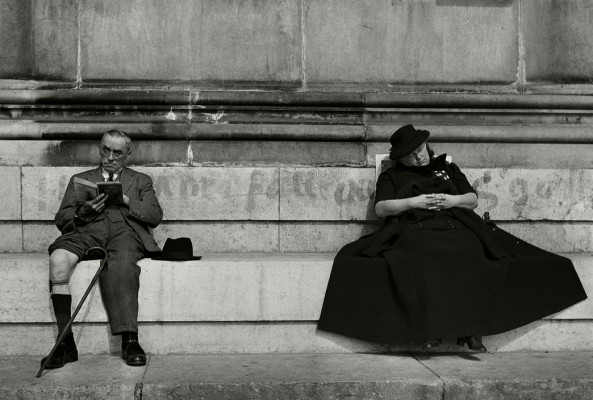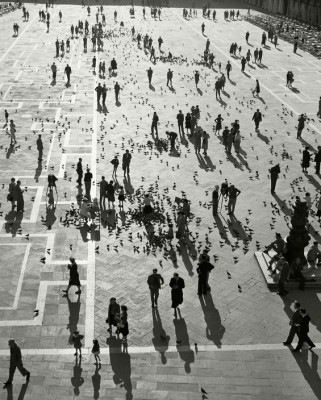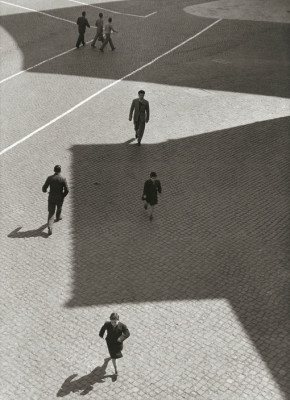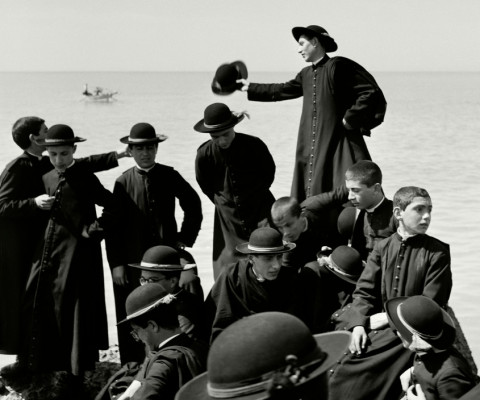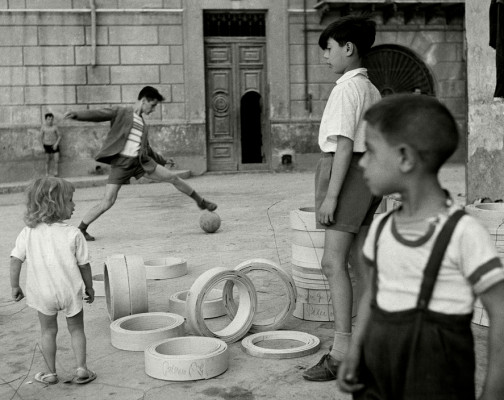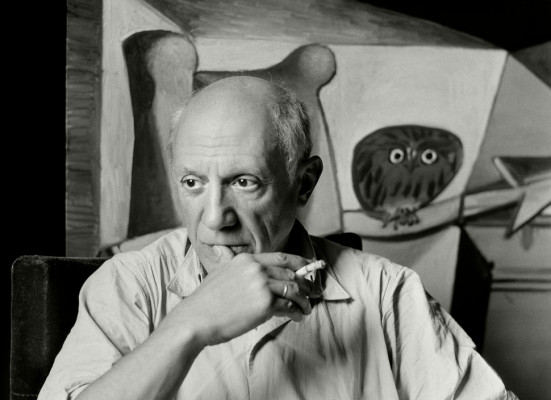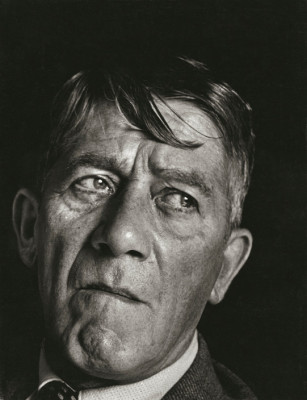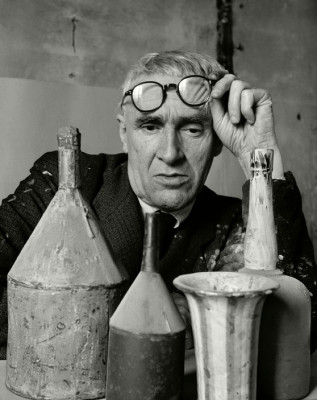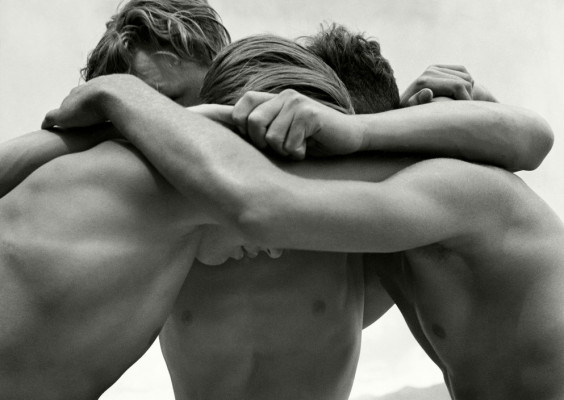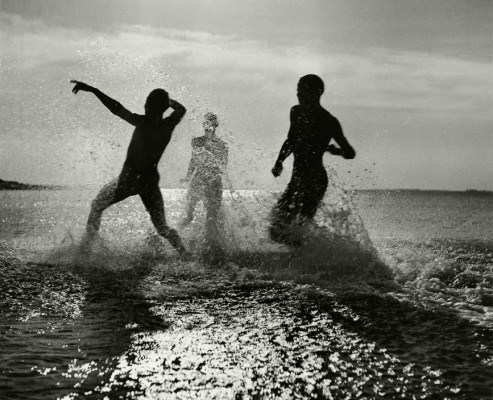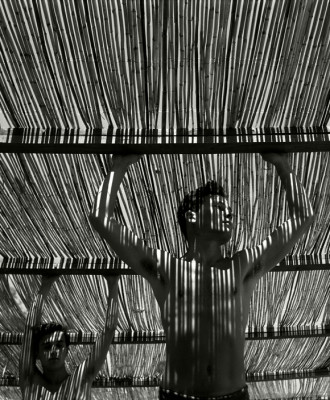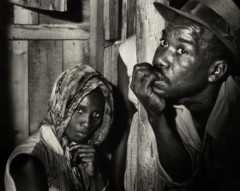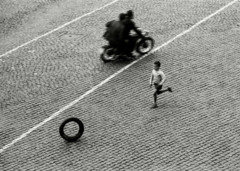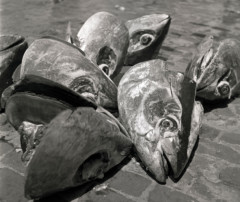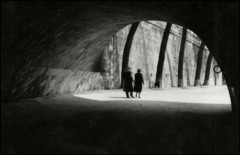An exploration of the German photographer Herbert List's fascination with the classical world, art and the human form
"The pictures I took spontaneously — with a bliss-like sensation, as if they had long inhabited my unconscious — were often more powerful than those I had painstakingly composed. I grasped their magic as in passing."
- Herbert List
Born in 1903 into a prosperous mercantile family in Hamburg, Germany, Herbert List’s work combined a love of photography with a fascination for surrealism and classicism. He began an apprenticeship at a Heidelberg coffee dealer in 1921 while studying literature and art history at Heidelberg University, and during travels for the coffee business between 1924–28, the young List began to take photographs, almost without any pretensions to art. List developed his style and technical abilities by capturing still lifes and portraits and was introduced to the Rolleiflex camera in 1930, which allowed him to make deliberate compositions. Though List was completely self-taught, only his friendship with Andreas Feininger brought him to the next level. After purchasing the very expensive Rolleiflex, List had Feininger visit from the Bauhaus School to teach him how to use it.
Leaving Germany in 1936 for political reasons, List briefly pursued photography as a profession in London and Paris, where he was referred to Harper’s Bazaar. Dissatisfied with the challenges of fashion photography, List instead focused on studio compositions, many reminiscent of paintings by Max Ernst and Giorgio de Chirico. Lis always referred to himself as an amateur, never a professional photographer. He did not want to be seen as one. List photographed out of the love for the medium and for art, not because of assignments.
From 1937 to 1939, List’s primary interest was Greece and its ancient temples, sculptures, and landscapes. This fascination led to his first solo show in Paris. Publications in Life, Photographie, Verve and Harper’s Bazaar followed, and List began work on his first book, Licht Ueber Hellas, which wasn’t published until 1953. Despite hopes of escaping World War II by working in Athens, List was forced to return to Germany in 1941. Because of his Jewish background, he was forbidden to publish or work officially in Germany and several of his works stored in Paris have been lost. Before the war ended in 1945, he made portraits of notable figures in Paris and Vienna. Post-war, he photographed the ruins of Munich and became art editor of Heute, an American magazine for the German public.
In 1951, List met Robert Capa, who convinced him to work as a contributor to Magnum. Focusing on Italy from 1950 to 1961. Early in this period, he discovered the 35mm camera and telephoto lens. Influenced by his Magnum colleague Henri Cartier-Bresson and the Italian Neo-Realism film movement, his work became more spontaneous. Over the next few years, he completed several books, including Rom, Caribia, Nigeria and Napoli.
By the time he died in Munich in 1975, List’s photographs had been almost forgotten. Interest has revived recently, though, thanks to a fine monograph published by Schirmer Mosel and many exhibitions. His work is represented in the photography collections of the Museum of Modern Art in New York, the V&A in London, the J. Paul Getty Museum in Los Angeles, and the Pompidou Center in Paris.



